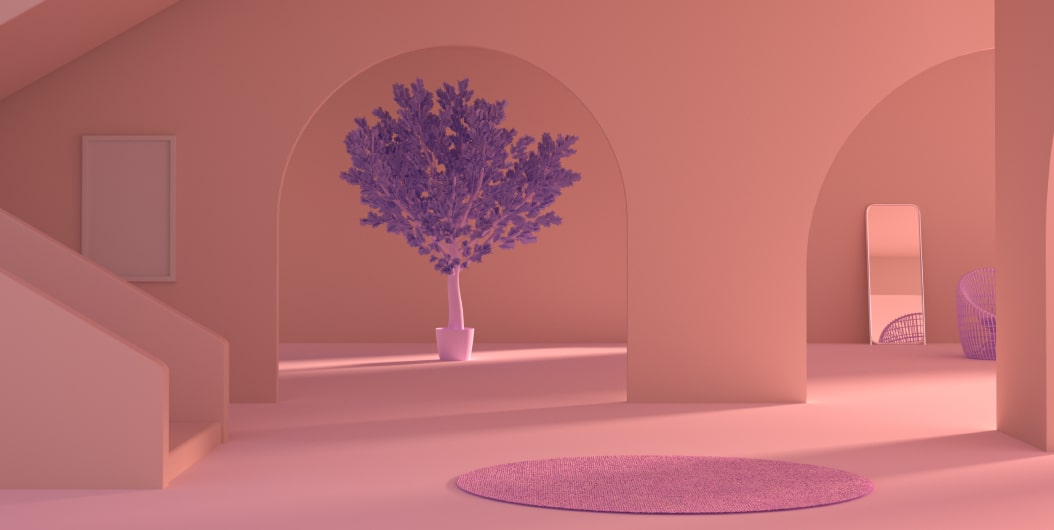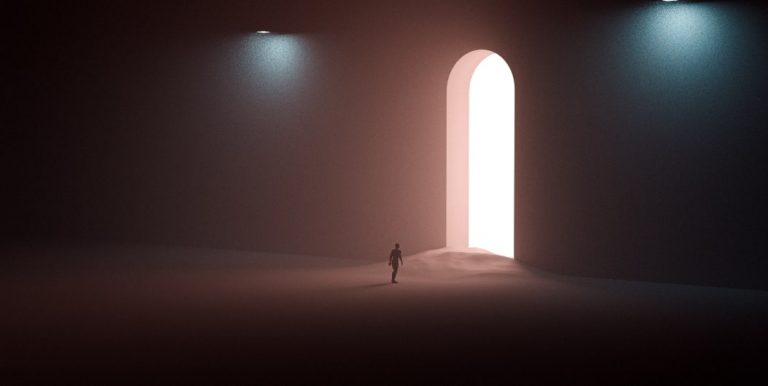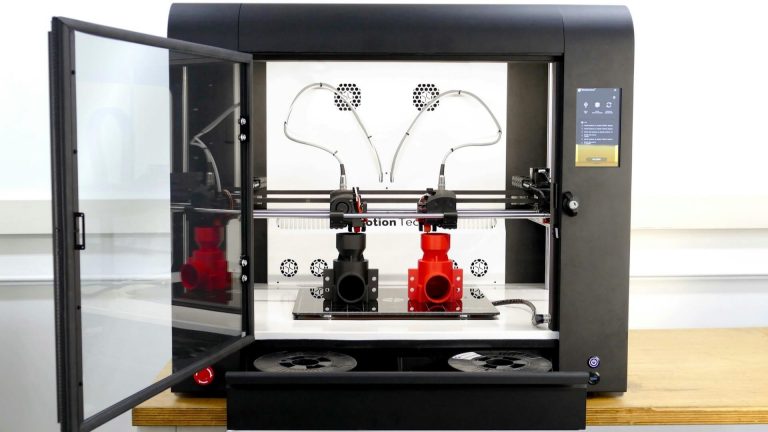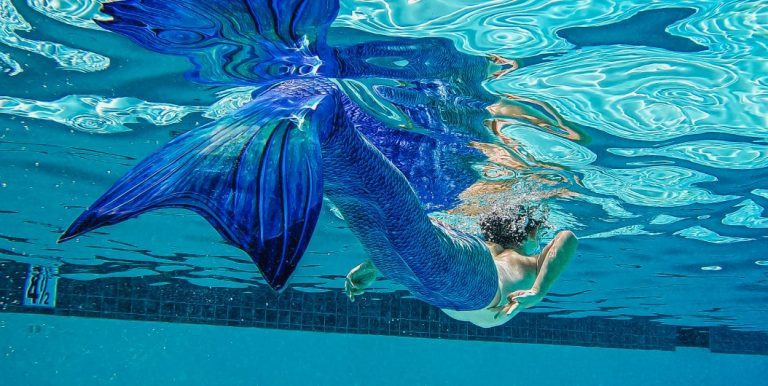Realistic 3D Environments: Tips and Tricks
Creating realistic 3D environments is essential for creating immersive experiences in video games, films, and other media. In this post, we’ll explore some tips and tricks for creating realistic 3D environments, including the importance of lighting, textures, and materials, as well as camera placement and movement, particle effects, and sound design.
Understanding Realism in 3D Environments
Before diving into tips and tricks for creating realistic 3D environments, it’s important to understand what makes an environment realistic. Realism in 3D environments is all about creating an environment that feels believable and immersive. This means paying attention to details such as lighting, textures, and materials.
Lighting
Lighting is one of the most important elements in creating a realistic 3D environment. Proper lighting can help set the mood and atmosphere of a scene, as well as enhance the sense of depth and realism. When lighting a scene, it’s important to consider the time of day, weather conditions, and the sources of light in the scene.
For example, if you’re creating a scene set at sunset, you’ll want to use warm, orange hues to simulate the light from the setting sun. If you’re creating a scene set at night, you’ll want to use cooler, bluer hues to simulate moonlight or artificial lighting sources. It’s also important to consider the direction and intensity of the light sources in the scene to create realistic shadows and highlights.
Textures and Materials
Textures and materials are another important element in creating a realistic 3D environment. Textures are the images that are applied to the surfaces of objects in a scene, while materials are the properties that define how light interacts with those surfaces. Creating realistic textures and materials involves paying attention to the details of real-world objects and surfaces.
For example, if you’re creating a scene that involves a brick wall, you’ll want to use a texture that accurately represents the look and feel of real bricks. You’ll also want to adjust the material properties to simulate the way light interacts with the surface of the bricks, including factors such as reflectivity and roughness.
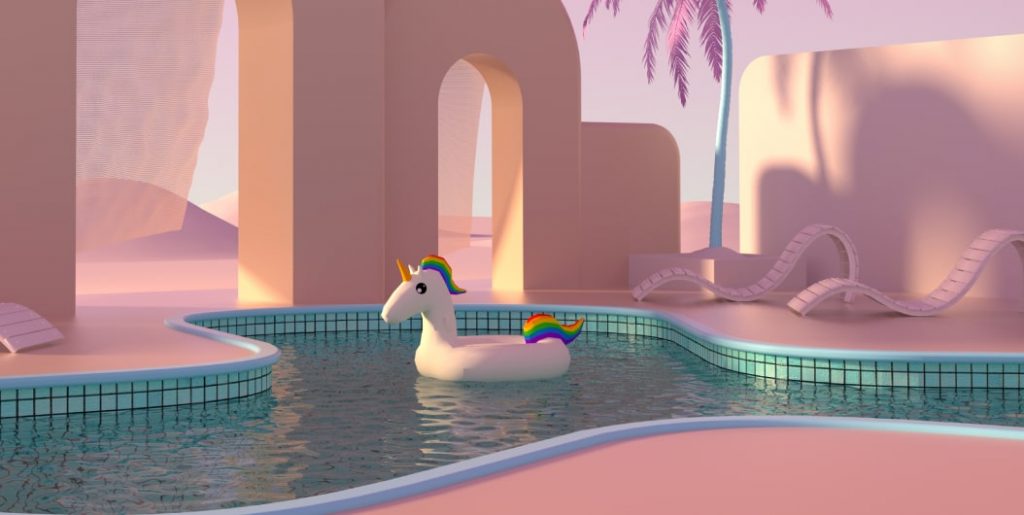
Tips for Creating Realistic 3D Environments
Now that we’ve covered the basics of what makes an environment realistic, let’s dive into some tips and tricks for creating realistic 3D environments.
Research and Reference
One of the most important tips for creating realistic 3D environments is to do your research and use reference images and videos. This can help you better understand the details of real-world objects and surfaces, as well as the way light behaves in different environments.
There are many resources available online for finding reference images and videos, including stock image websites and YouTube. Additionally, if you’re creating a scene based on a real-world location, consider visiting that location in person to take your own reference photos and videos.
Proper Use of Lighting and Shadows
As we discussed earlier, lighting is a key element in creating a realistic 3D environment. However, it’s not just about placing lights in the scene – it’s also about using those lights effectively to create realistic shadows and highlights.
One trick for creating realistic shadows is to use area lights instead of point lights. Area lights simulate the effect of a larger light source, which can create softer, more natural-looking shadows. It’s also important to consider the direction and intensity of the light sources in the scene to create realistic shadows and highlights.
Texturing and Material Design
Creating realistic textures and materials involves paying attention to the details of real-world objects and surfaces, as we discussed earlier. However, there are also some tricks you can use to enhance the realism of your textures and materials.
One trick is to use normal maps to add the appearance of depth to flat surfaces. Normal maps are images that define the direction of surface normals, which can create the illusion of bumps and grooves on a surface without actually changing the geometry of the object. This can be especially useful for creating realistic surfaces such as rocks, tree bark, or even skin.
Another trick for enhancing the realism of your textures and materials is to use a variety of different textures and materials on the same object. For example, if you’re creating a wooden table, you might use one texture for the tabletop and a different texture for the legs. You could also use different materials for the different parts of the table, such as a glossy finish on the tabletop and a matte finish on the legs.
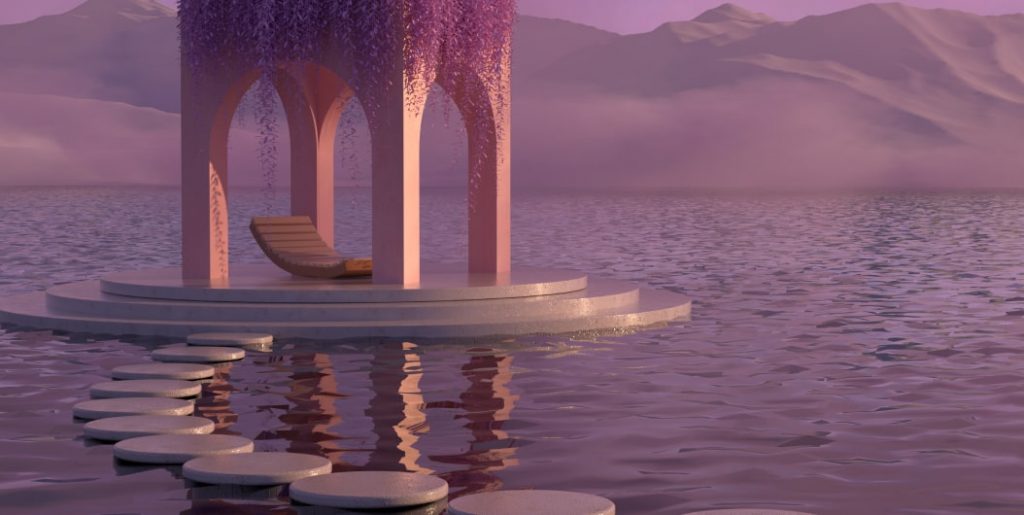
Camera Placement and Movement
Camera placement and movement can have a big impact on the realism of a 3D environment. Proper camera placement can help create a sense of depth and scale, while movement can help create a sense of motion and action.
When placing your camera, consider the point of view of the viewer and the story you’re trying to tell. For example, if you’re creating a scene in which the viewer is meant to feel small and insignificant, you might place the camera low to the ground and shoot upward. If you’re creating a scene in which the viewer is meant to feel powerful and in control, you might place the camera high above the scene and shoot downward.
When it comes to camera movement, it’s important to keep it smooth and natural. Jarring camera movements can take the viewer out of the scene and ruin the sense of immersion. Consider using slow, subtle movements to create a more realistic and cinematic feel.
Particle Effects
Particle effects can add a lot of realism and visual interest to a 3D environment. Particle effects are small, animated objects that simulate things like smoke, fire, water, and dust. They can be used to create atmospheric effects, simulate weather conditions, or add visual interest to a scene.
When creating particle effects, it’s important to consider the physics of the real-world object you’re trying to simulate. For example, if you’re creating a smoke effect, you’ll want to simulate the way smoke moves and dissipates in the air. If you’re creating a water effect, you’ll want to simulate the way water moves and reflects light.
Sound Design
Finally, sound design can also play a big role in creating a realistic 3D environment. Sound effects such as footsteps, wind, and water can help create a sense of immersion and add to the realism of a scene.
When creating sound effects, consider the environment you’re trying to simulate and the story you’re trying to tell. For example, if you’re creating a scene set in a forest, you might use sounds such as bird calls, rustling leaves, and flowing water to create a sense of being in a natural environment.
Conclusion
Creating realistic 3D environments is all about attention to detail and understanding the elements that make an environment feel believable and immersive. By paying attention to lighting, textures, and materials, camera placement and movement, particle effects, and sound design, you can create 3D environments that transport your viewers to new and exciting worlds. Remember to do your research, use reference materials, and always strive for realism in your 3D designs.
